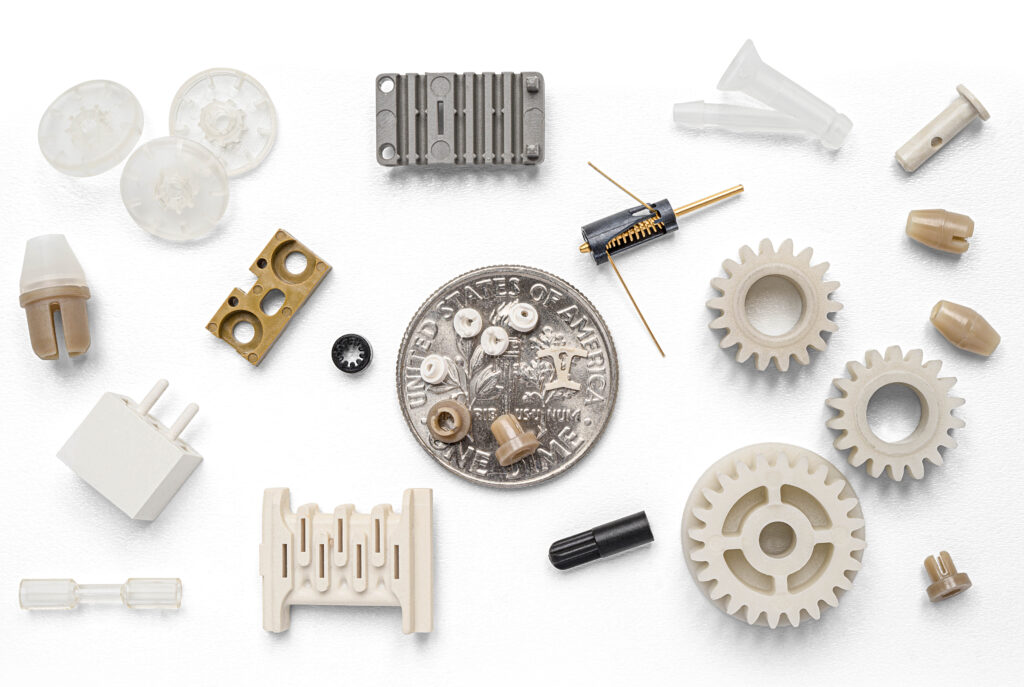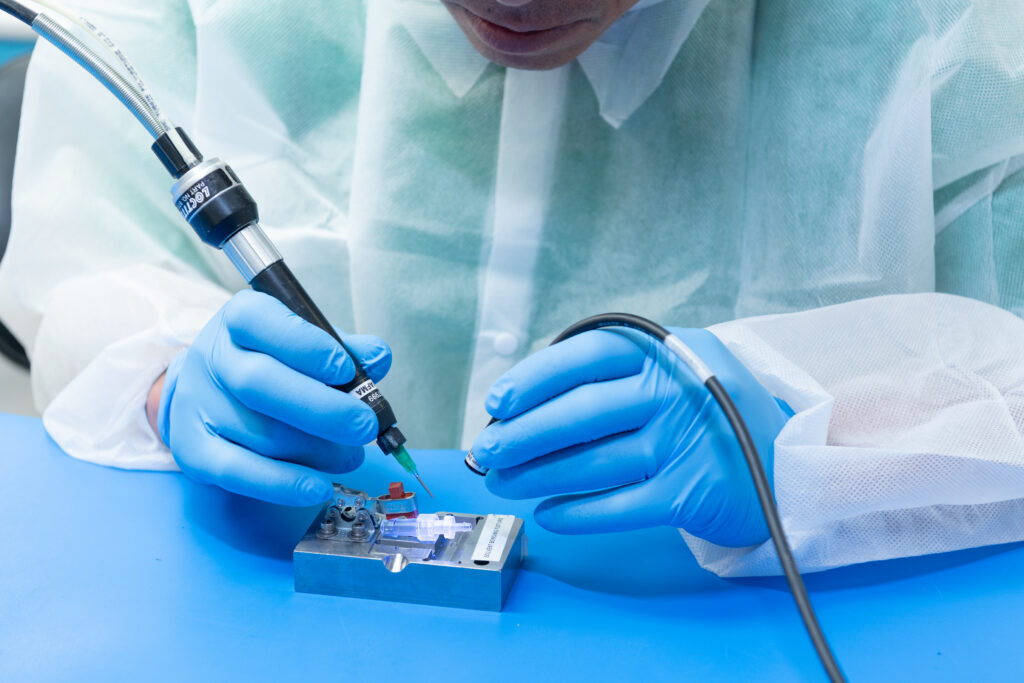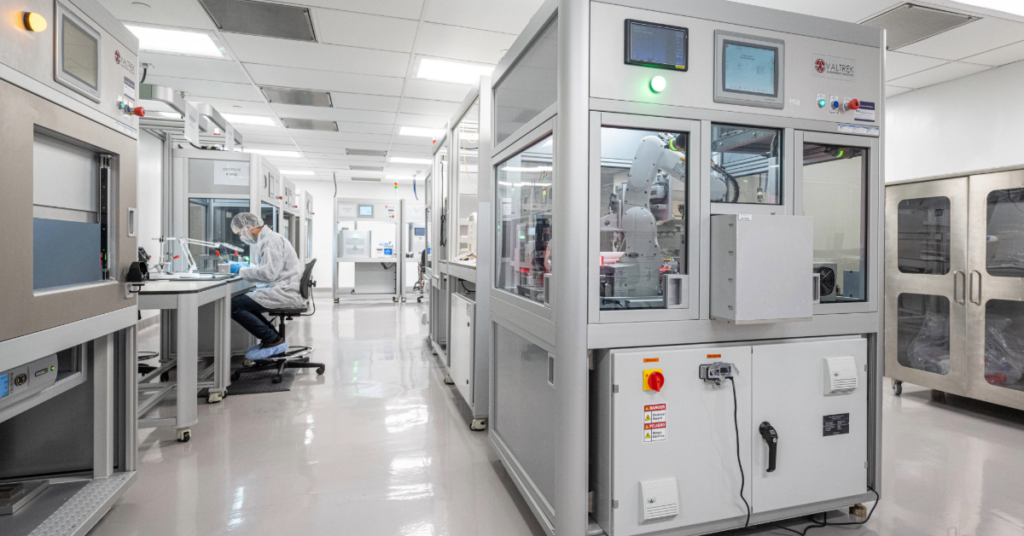By Nancy Crotti
Mike Hafner contributed his expertise to this article and is a medical device packaging expert at Viant.
This article originally appeared in Medical Design and Outsourcing.
Packaging engineers likely get more than their share of flak during the holidays when family members unwrap hard-to-open packages. They have also seen their share of packaging challenges at work. Here are three common packaging mishaps as well as three tips for avoiding them:
- The home-run approach is easy to spot. The device is surrounded by foam as a last-minute method of protecting the sterile barrier. That indicates that the core team likely ran into some unexpected package performance issues, ran short on time, and had to find a workable (but less efficient) solution to get their product out the door.
- Shoehorning a new device into an existing packaging system without evaluating and assessing risk may seem like a good idea. Using existing package systems can effectively shorten a timeline. The problem comes when you identify new design criteria beyond what the package system was originally designed for. This can lead to hybrid designs that require additional time to implement, time that may not be built into the project timeline.
- The domino effect occurs when design engineers are so focused on all the device-related details that they haven’t considered how product design changes can affect packaging. Even small tweaks, such as increased diameters or changes in materials, edge profiles or surface treatments, can mean that a snap-fit package no longer performs as intended, or a pouch no longer comes together for an effective seal.
Packaging missteps like these can cost your team in terms of both money and time. Here are three suggestions for avoiding them.
Allow enough time for design and development
Leaving packaging and labeling to the end of the project often results in suboptimal packaging at best, and cost overruns, delayed product launches and lost revenue at worst. A new package system may take more than six months to develop. Be sure to include time for working through design phases, component lead times, build durations and test durations.
Work closely with the core team
A packaging engineer should have a seat at the table at the earliest stages of product design, as a core team member or at least working closely with the core team. As the device changes throughout its lifecycle, so should the packaging design change to accommodate the product. This will ensure that you’re taking packaging needs into account at each step up until launch, and in some cases, beyond launch.
Understand the design inputs
While protecting the device and maintaining sterility will always be key, package design inputs and criteria shouldn’t stop there. Make sure you thoroughly capture all the requirements throughout the entire lifecycle. For example:
- How will the device be loaded into the package during manufacturing?
- How will the device be sterilized?
- What is its intended shelf life?
- Are there environmental limitations of the device?
- Does it have features you must isolate or protect?
- How will the end-user remove the device from the package while maintaining an aseptic technique?
If all this talk of what can go wrong with packaging makes you break out in a cold sweat, don’t worry. An experienced partner can take the entire process off your shoulders. Look for a manufacturing partner with true end-to-end solutions, including packaging engineering. This partner can develop packaging for manufacturing customers, allowing them to streamline their supply chains and avoid costly packaging mistakes.
While your device packaging may not be featured in an “unboxing video” on YouTube, it’s important to keep in mind that the packaging will always be the first thing your customer sees.
Mike Hafner manages a team of degreed packaging engineers supporting a wide range of devices throughout the product lifecycle. With 15 years of medical device industry experience, he has led packaging efforts for numerous product launches and has implemented dozens of new package systems.





